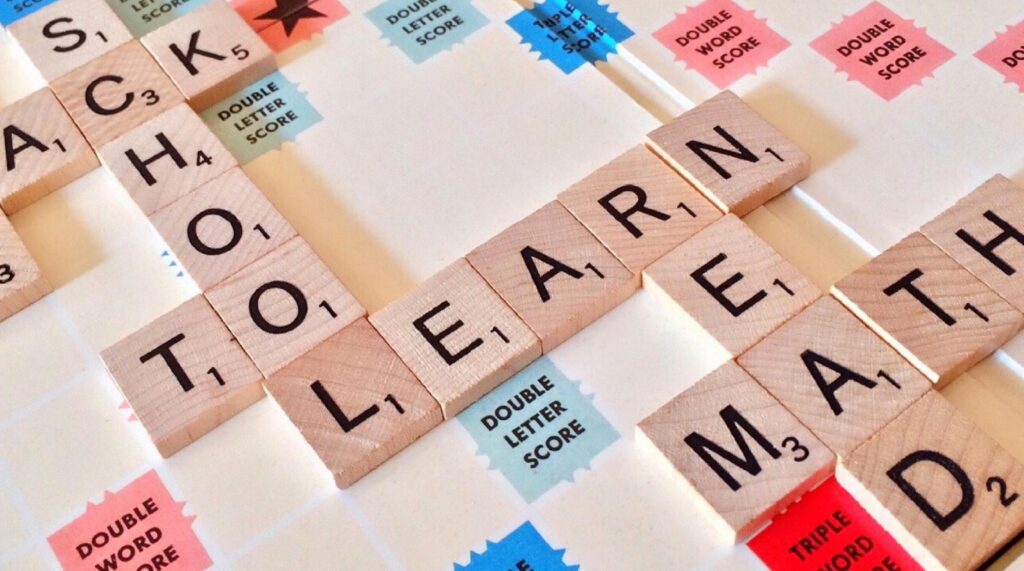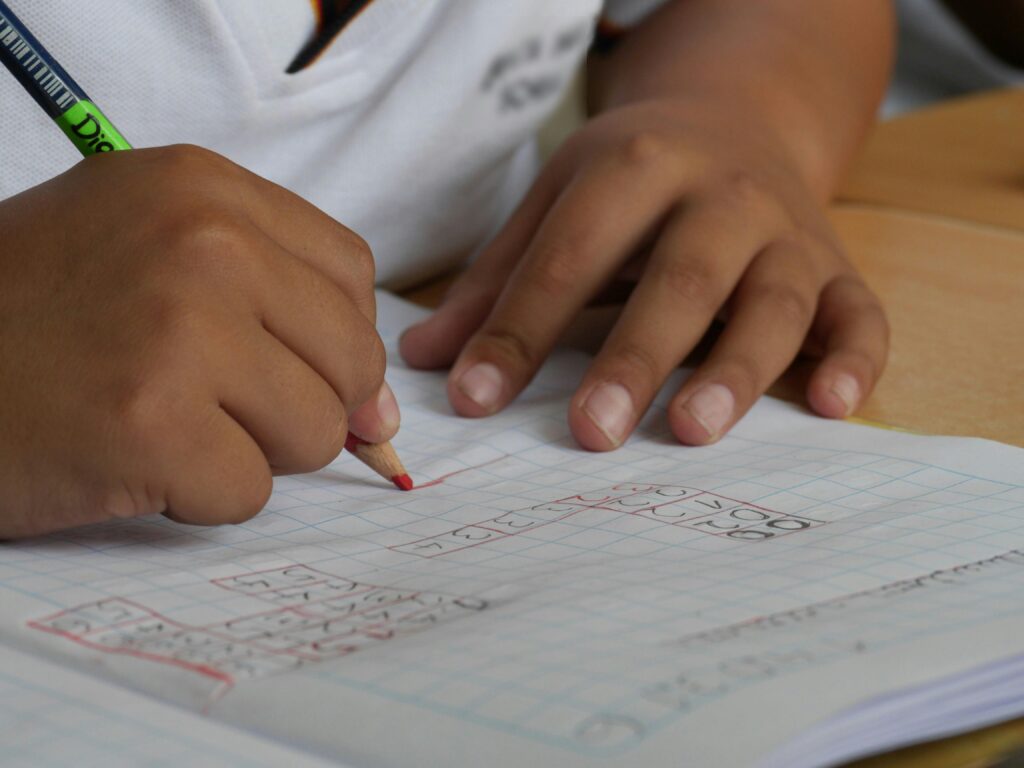Through my experience as a teacher, I’ve noticed several common traits among students who consistently achieve good grades. Of course, the term “good grades” can vary depending on the type of tests being considered. For this post, I’ll focus specifically on junior high school students (ages 12–15) who regularly score 90 or above on their periodic exams.

They Pay Close Attention in Class
This may seem like common sense, but surprisingly, many students don’t fully engage during lessons. Teachers, especially those who actively observe their students, can easily tell whether a student is genuinely listening and understanding.
Students vary in their attentiveness—some listen intently to every word, some occasionally get distracted, others only pay partial attention, and some show no interest at all.
High-scoring students are those who never miss what the teacher says. They stay focused and even pick up on subtle hints like when a teacher mentions, “This might be on the test.” This attentiveness directly contributes to their high scores.
They Are Punctual
This trait ties into their overall attitude and discipline. Students who achieve high scores are often those who consistently adhere to schedules.
I believe this is related to their conscientiousness. Being serious and responsible allows them to respect deadlines and approach lessons with a focused mindset, ultimately leading to better academic performance.
They Study at Home Every Day
Unfortunately, for many children today, studying at home has become a significant hurdle. In Japan, where I live, the proportion of students who engage in regular self-study appears to be decreasing.
However, students who consistently achieve high scores typically develop a habit of studying at home during their elementary school years, and they continue this practice in junior high school.
As a result, the gap between those who study and those who don’t only widens over time. While a small number of students might devote themselves to other passions, many spend their time on smartphones or playing video games.
They Have a Well-Prepared Study Environment at Home
Most high-achieving students have their own room and a dedicated study desk at home. On the other hand, students who struggle with their grades often lack such a setup and may not even have a proper environment for studying.
For a child, studying while others in the household relax with their smartphones or watch TV can be quite challenging.
Conclusion
Having an appropriate study environment makes it easier for children to focus. While the decision to study ultimately lies with the child, a conducive environment increases the likelihood of academic success.
